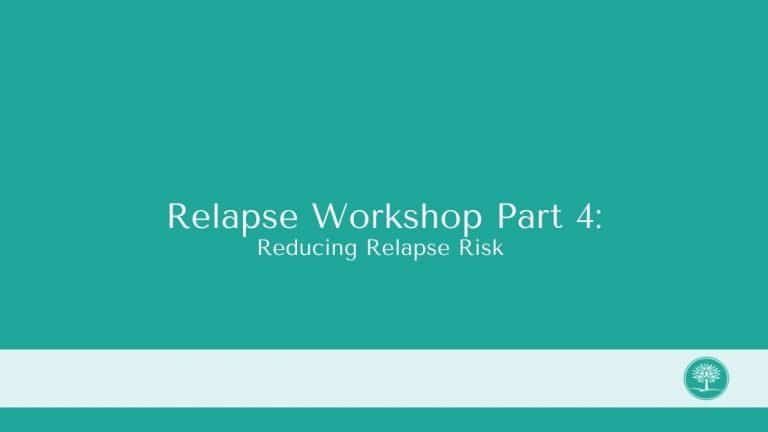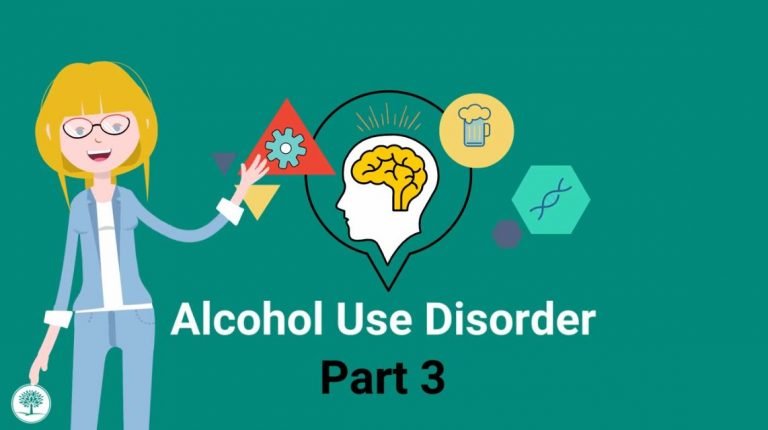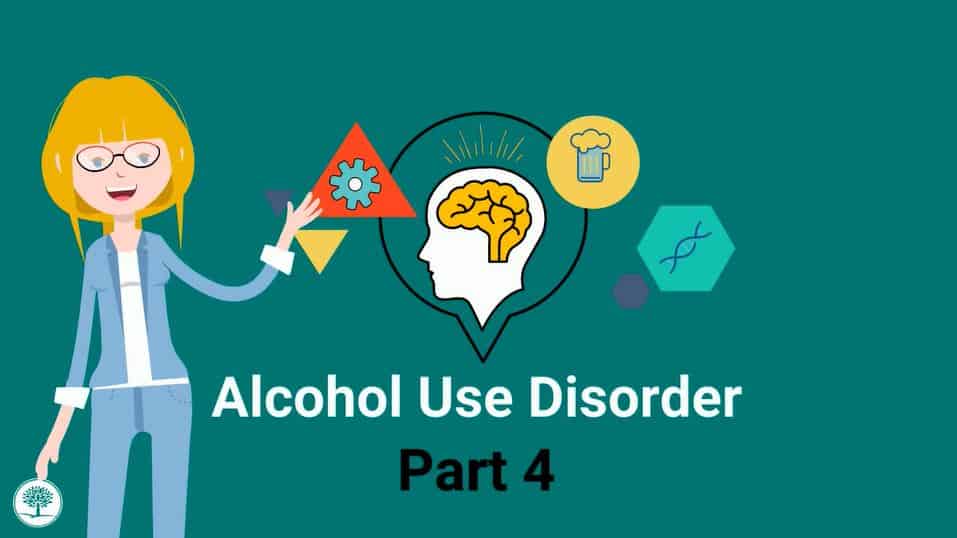Some level of stress or anxiety is normal. When anxiety becomes pervasive and interferes with functional life, it may be a diagnosable condition.
Anxiety Part 1: What is Anxiety and How It Affects You
Estimated watch time: 5 mins
Summary:
In this video, we discuss anxiety and anxiety disorders. While stress may arise because of an identifiable situation, anxiety is something that’s ongoing and ultimately interferes with your daily life. There are five types of anxiety disorders, each with a specific criteria for diagnosis. It’s possible to experience symptoms of a single anxiety disorder or several. Through self-reflection, you may start to make sense of what you may be feeling and come to a greater understanding of your situation.









